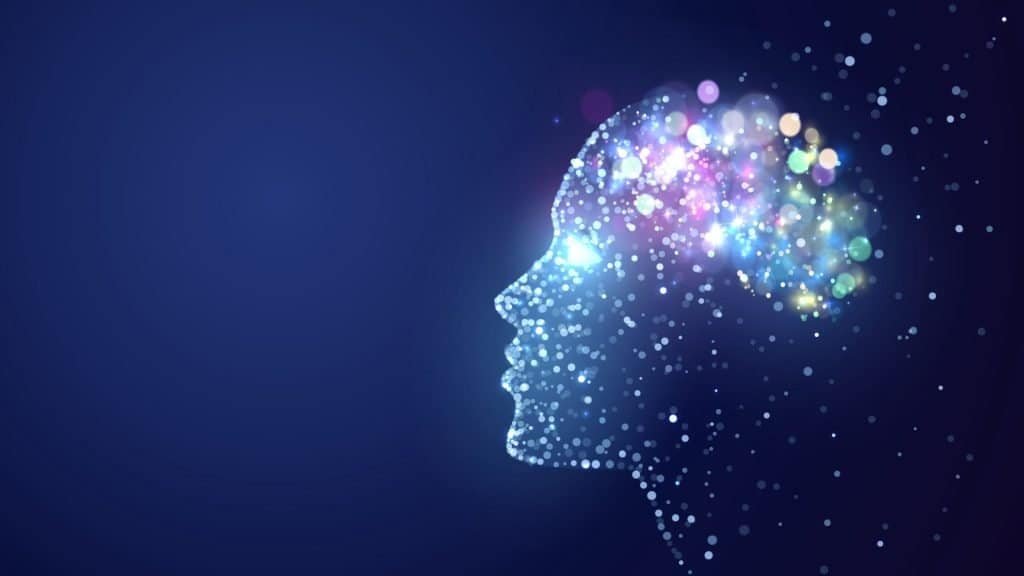You might also like to see our migraines osteopath page.
Acupuncture is an ancient healing practice that has gained significant recognition and popularity in recent years. Known for its ability to alleviate a wide range of ailments, acupuncture has shown remarkable efficacy in providing relief for migraines, a debilitating condition affecting millions worldwide. This article delves into the captivating realm of acupuncture with a specific focus on trigger points – those vital areas on our bodies that hold immense potential for unlocking the power of migraine relief. By exploring the intricate interplay between these trigger points and their profound impact on alleviating migraine symptoms, we aim to shed light on this centuries-old technique and reveal its true potential as an effective treatment modality for those seeking respite from chronic migraines.
Unlocking the Potential: Exploring Acupuncture Techniques for Targeting Trigger Points in Migraine Relief
Acupuncture has gained recognition as a potential alternative treatment option for alleviating migraine symptoms. By targeting specific trigger points on the body, acupuncture aims to restore balance and relieve pain.
- Finding the Right Points: Skilled acupuncturists use both traditional Chinese medicine theories and modern anatomical knowledge to locate the trigger points associated with migraines. These points are believed to be connected to key energy channels in the body.
- Needling Technique: Once the trigger points are identified, ultra-thin needles are gently inserted into these areas. The goal is not only to alleviate immediate pain but also provide long-term relief by improving overall health and reducing stress levels.
- Stimulating Energy Flow: When correctly placed, acupuncture needles can stimulate blood circulation and activate natural neurotransmitters that help combat migraine symptoms such as headaches, nausea, and sensitivity to light or sound.
While more research is needed to fully understand how acupuncture works in relation to migraines, many individuals have reported significant improvements in their symptoms after receiving regular treatments. As with any medical intervention, it’s essential for those considering acupuncture for migraine relief to consult with a qualified practitioner before starting treatment.
The Science Behind Trigger Points: Understanding the Connection to Migraine Relief
Trigger points, or knots of muscle fibers, have been found to play a significant role in migraine relief. These trigger points are tight bands within the muscles that can become hypersensitive and cause pain. When these trigger points are stimulated through acupuncture, they release endorphins and other natural pain-relieving substances in the body.
Acupuncture works by inserting thin needles into specific points on the body known as acupoints. These acupoints correspond to different areas of the body, including common trigger point sites for migraines. By targeting these trigger points with acupuncture, it is possible to alleviate pain and reduce the severity and frequency of migraines.
Research has shown that acupuncture can also improve blood circulation and relax tense muscles, which directly impacts trigger points associated with migraines. Additionally, stimulating these acupoints triggers a calming response in the nervous system, reducing stress and tension that can contribute to migraines.
How Acupuncture Targets Trigger Points for Migraine Relief:
- Acupuncture stimulates trigger point release by activating endorphin production.
- Inserting thin needles into specific acupoints targets common migraine trigger point sites.
- Improved blood circulation from acupuncture reduces muscle tension associated with migraines.
- The calming effect on the nervous system helps alleviate stress and tension contributing to migraines.
Unlocking the power of acupuncture involves understanding how it taps into our body’s natural abilities to relieve pain and promote overall well-being. With its ability to target trigger points related to migraines, acupuncture offers a holistic approach that may provide much-needed relief for those suffering from this debilitating condition.





